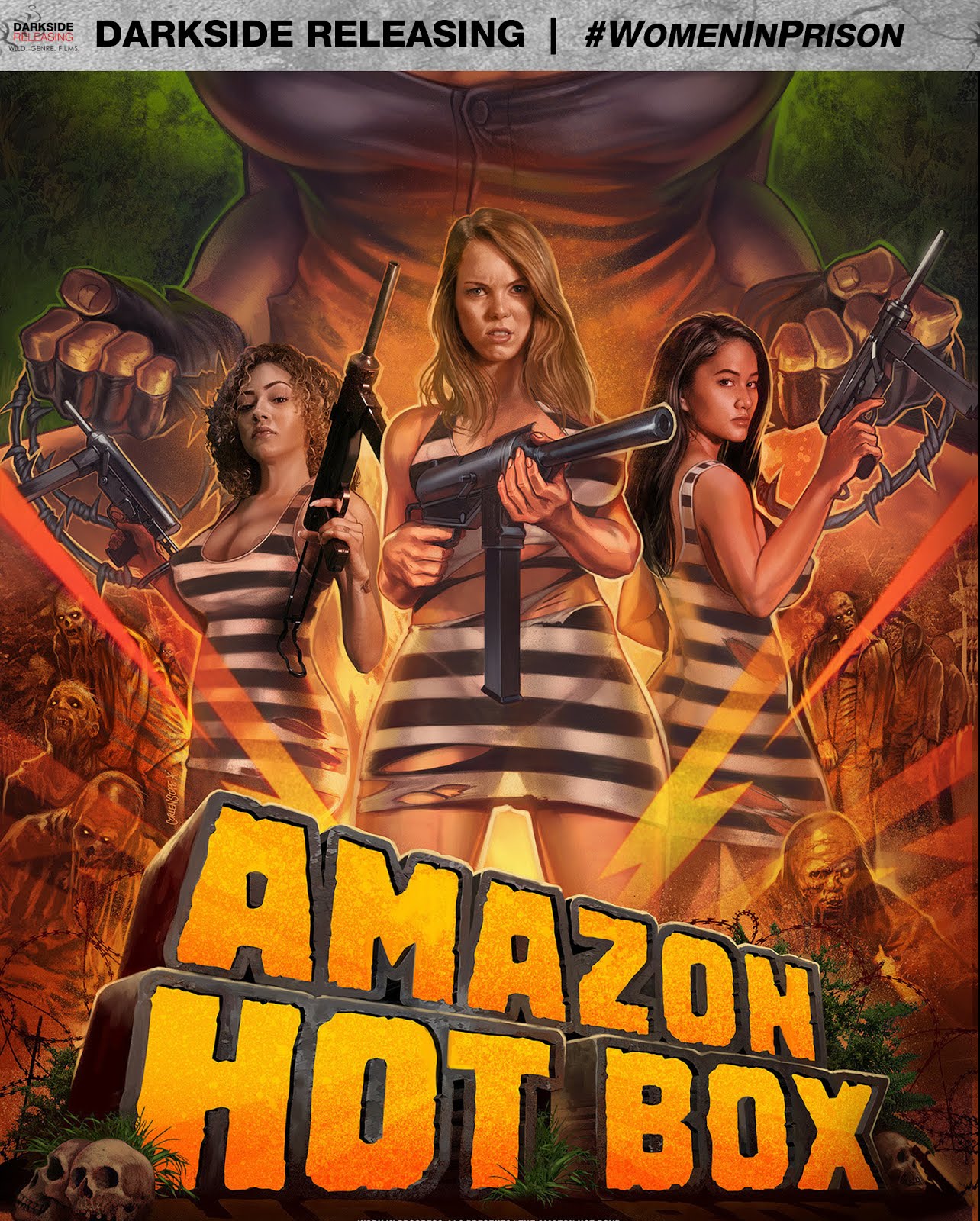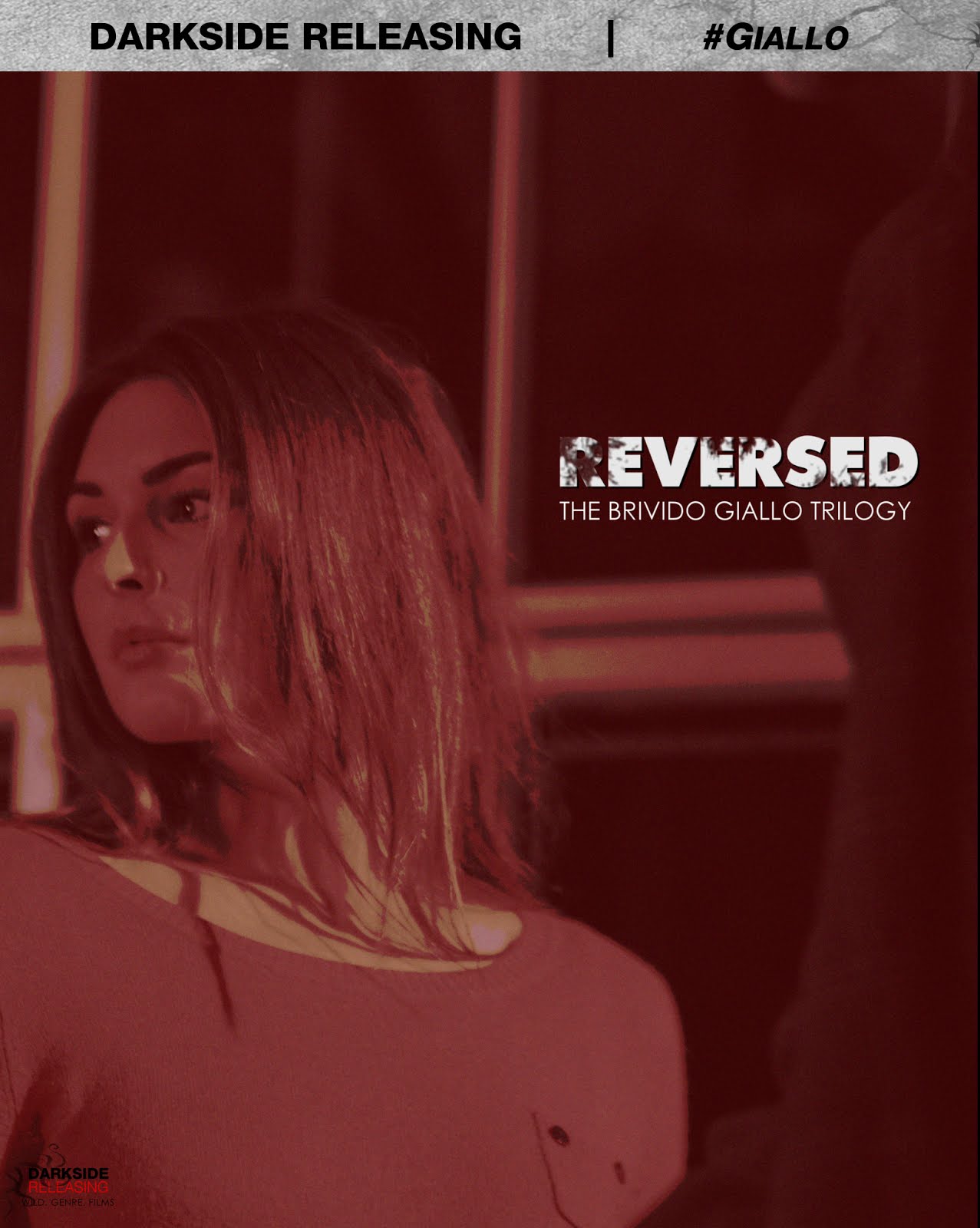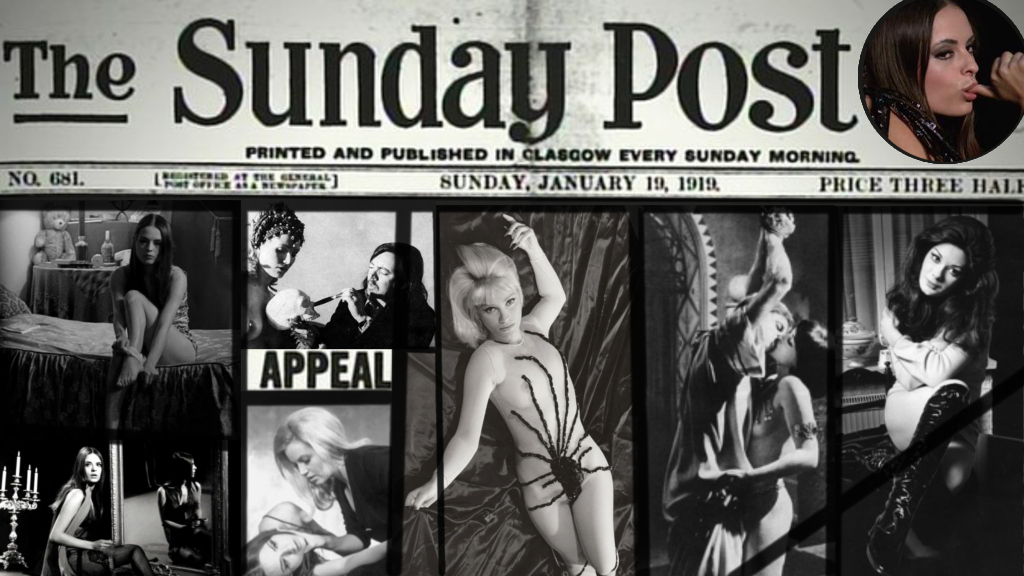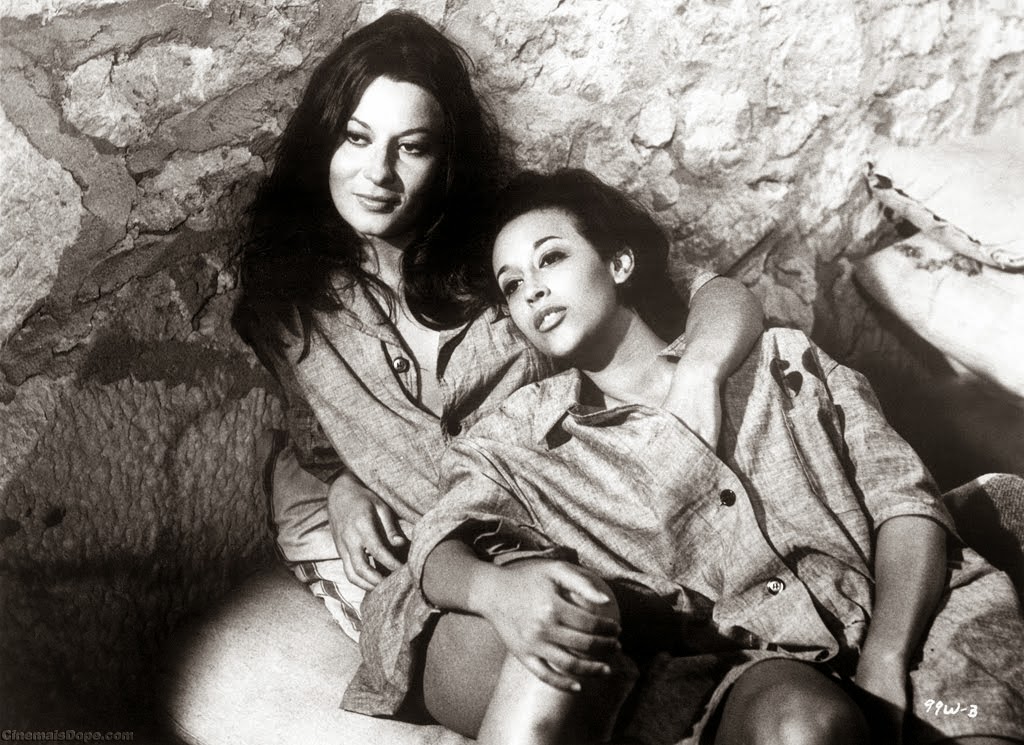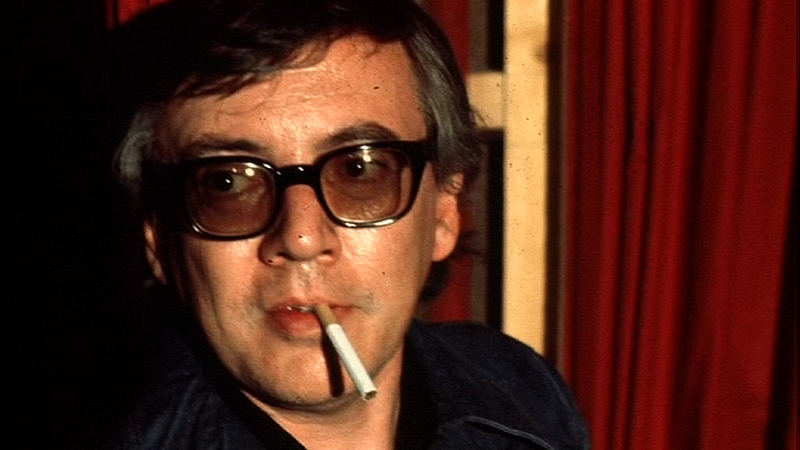 With a title likely derived from Radley Metzger's Camille 2000, this vivid Franco opus is otherwise known as Eugenie De Sade. This film, along with Franco's She Killed in Ecstasy, are my tip-top two absolute favorites of the small cannon starring his first significant muse, the stunning Soledad Miranda.
With a title likely derived from Radley Metzger's Camille 2000, this vivid Franco opus is otherwise known as Eugenie De Sade. This film, along with Franco's She Killed in Ecstasy, are my tip-top two absolute favorites of the small cannon starring his first significant muse, the stunning Soledad Miranda.
De Sade 2000 / Eugenie Sex Happening / Eugenie De Sade opens up with a short lesbian scene involving Miranda, filmed in a brief series of gorgeous hand-held and somewhat candid-looking shots intended to emulate a kind of snuff film, which Franco, appearing here as an actor, is viewing in a private theater.
This is the opening to yet another Franco riff on the writings of the Marquis De Sade (which is evident even in the title). This time, the story is more straight-forward and nowhere near as meta-fictional as the earlier Eugenie... The Story of her Journey into Perversion (shot one year previously, in 1969). And this time, Franco wrote the screenplay himself. Somewhat unfortunately, however, in place of the former film's meta-fictional aspect we now get some stilted and slightly boring off-camera narration to help the cohesiveness of the story along, which is being told to Franco's character by Miranda's character in a flashback set-up while she lies dying in a hospital bed. It reminded me of the horrible Blade Runner voice-overs Harrison Ford had done in an effort to intentionally sabotage the whole narration idea. Yeesh. At any rate, the stilted narration is actually not much of a distraction as it's running over some beautiful exterior shots and the gorgeous Miranada, who is captivating both in and out of her clothes. She was a true gem in Franco's films, and his photographers (Manuel Merino this time) certainly knew how to shoot her – though I have a suspicion that filming Miranda was sort of like shooting exterior locations in Europe – it's kind of hard to take a bad shot. Now if only she had a better English voice-over actress.
 While the Miranda/Franco collaborations Vampyros Lesbos and The Devil Came from Akasava might be the more famous cult items, part of both of those films' infamy and popularity, I'm sure, are partly due to the rushed/cheap filmmaking and nearly inept editing that make them so-bad-they're-awesome pieces of kitsch. And without a doubt, the soundtracks to those films are the best in Franco's career. A jazz fanatic, Franco unfortunately used that inspiration only at sporadic moments in Eugenie De Sade (most overtly near the finale when the film intercuts to and from a jazz bar), this film is scored by Bruno Nicolai, who also scored Eugenie... The Story of Her Journey into Perversion & 99 Women in the sixties. I may have misworded something there, because Nicolai's score for De Sade is also awesome, especially during the third striptease/lesbian murder... it's just that... well, hell, it's no Vampires' Sound Incorporation.
While the Miranda/Franco collaborations Vampyros Lesbos and The Devil Came from Akasava might be the more famous cult items, part of both of those films' infamy and popularity, I'm sure, are partly due to the rushed/cheap filmmaking and nearly inept editing that make them so-bad-they're-awesome pieces of kitsch. And without a doubt, the soundtracks to those films are the best in Franco's career. A jazz fanatic, Franco unfortunately used that inspiration only at sporadic moments in Eugenie De Sade (most overtly near the finale when the film intercuts to and from a jazz bar), this film is scored by Bruno Nicolai, who also scored Eugenie... The Story of Her Journey into Perversion & 99 Women in the sixties. I may have misworded something there, because Nicolai's score for De Sade is also awesome, especially during the third striptease/lesbian murder... it's just that... well, hell, it's no Vampires' Sound Incorporation.
Like “Lesbos”, this Franco outing revels in a type of excess only Franco could really achieve. Lurid, but not altogether sleazy, and there is plenty of nudity and what's been dubbed “soft-gore” by Christopher Null of filmcritic.com. Not as kitschy as “Lesbos”, “Akasava” or “She Killed in Ecstasy”, it's not nearly as inept, either, and in fact I'd say De Sade is one of Franco's most accomplished works of his entire career. Although that's not to say De Sade is not without a little kitsch of its own – check out the awesome nude photography/murder set piece thirty minutes in.
Franco plays a writer in this flick who tends to act more like a stalker, though that's not really unusual when it comes to his on-screen presence. Also creepy is Paul Muller, who plays Miranda's father and accomplice to the murders. At the end she lures one of the jazz musicians from the club, presumable for the final perfect murder, but she actually ends up becoming attached to the trumpet player – of course, all of this comes to a head in the midst of obsession and jealousy, and hence, Miranda's character winding up in a hospital bed. Obsession does play a significant role here, much as Franco himself was obsessed with the writings of Marquis De Sade since he'd started his cinematic career.
Eugenie De Sade was only one of six films Franco shot with Soledad Miranda in 1970 – a year in which he also directed three other non-Miranda projects. And while he would go on to find decades worth of inspiration through his next muse, Lina Romay, the Miranda projects seem like they will always be the focal point of his insanely prolific career, and I'd have to say, deservedly so.
-V.



